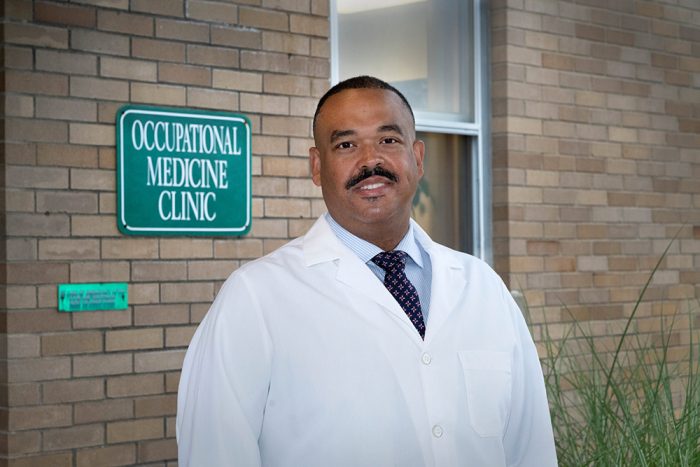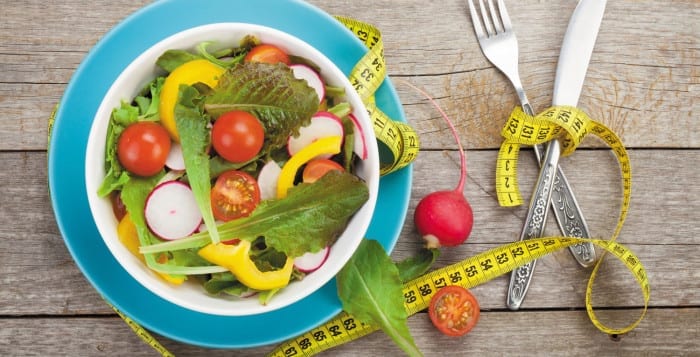By Daniel Dunaief
Starting this fall, students at Port Jefferson’s Earl L. Vandermeulen High School will have a chance to take a gym class that focuses on weight lifting and nutrition, rather than on the traditional sports included in a physical education class.

Designed to give students an opportunity to learn more about the foods they put in their bodies and about the kinds of weight training that they might otherwise do in an outside gym, the school is providing two such classes in the fall and two in the spring. At the same time, Vandermeulen High School is providing 16 more typical gym classes.
“We had a conversation about doing something different other than the options” in a typical gym class, Athletic Director Adam Sherrard, said in an interview.
Andrew Cosci, track and field coach and physical education teacher who will lead these courses, had “expressed the importance of having a program like this,” Sherrard added.
Students can take this new class instead of the typical gym class, or as an elective in addition to the required course.
Indeed, ninth grader Sam Fabian, who plays lacrosse and football and is a wrestler, plans to take both classes this fall.
Fabian believes the additional course will help him improve his diet and strength, which he hopes will make him a better athlete.
“I eat a lot of food I probably shouldn’t,” said Fabian. “I’m trying to crack down on that and become the best athlete I can be.”
The nutrition and weightlifting course immediately piqued his interest.
A fellow ninth grader at the high school, Leana Tisham also plans to take the new gym class.
Tisham also hopes to commit to eating the right foods, including more organic foods and would like to use the weight training for body sculpting.
Starts with food
Cosci suggested that most student athletes don’t realize the importance of food to their performance and overall health.
“The nutrition aspect is the most important” and often the most overlooked, Cosci added.
He’s planning to discuss food and a work out plan for students that meet their needs.
In lifting weights, it’s important to “have a plan. You can’t just go into a situation and wing it. It doesn’t work that way. You won’t achieve your goal.”
Cosci plans to evaluate the students the same way he would in a more typical physical education class, by assessing their behavior, participation and effort.
The students will need to bring a journal or notebook to class, the way they would for other courses.
“They’re going to get out of it what they put into it,” Cosci said.
Cosci also plans to review fitness apps and will help students find the ones that are the best for them.
“Some are good, others are junk,” Cosci said.
Breaking the gym resolution cycle
Cosci hopes that the participants in these classes learn how to dedicate themselves to a healthy lifestyle that combines an awareness and plan for the foods they eat with weight lifting training and goals.
He hopes the students are able to avoid the typical pattern that adults have when they start out a new year with high hopes at a health club.
“January is peak time at the gym every year,” Cosci said. By February, many residents have stopped going to the gym.
He would like to help students develop a plan and figure out ways to be successful. At some point, Cosci would like to bring in some guest lecturers and experts in their fields.
While they are in high school, students have time between the end of the school day and the start of extracurricular activities, to work out at the school gym.
Sherrard added that the course will give the high school students the chance the tools to set their own goals.
At this point, these new gym classes are specific to the high school, in part because middle school students don’t have the ability to choose electives.
Participants in the new gym class will have the opportunity to present their plans to the class as a whole.
“They’re going to teach each other” which will demonstrate their understanding of the new approach, Cosci said.










